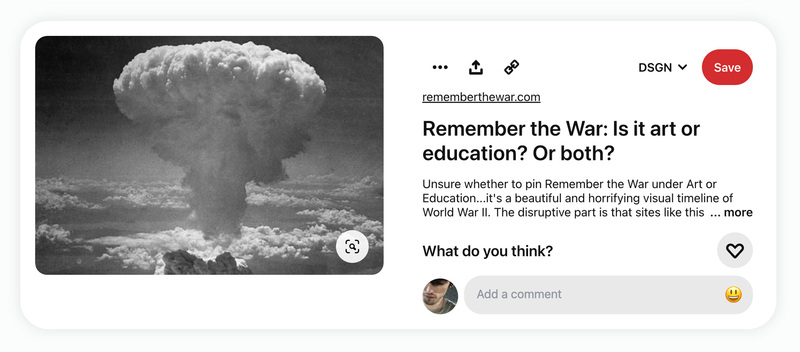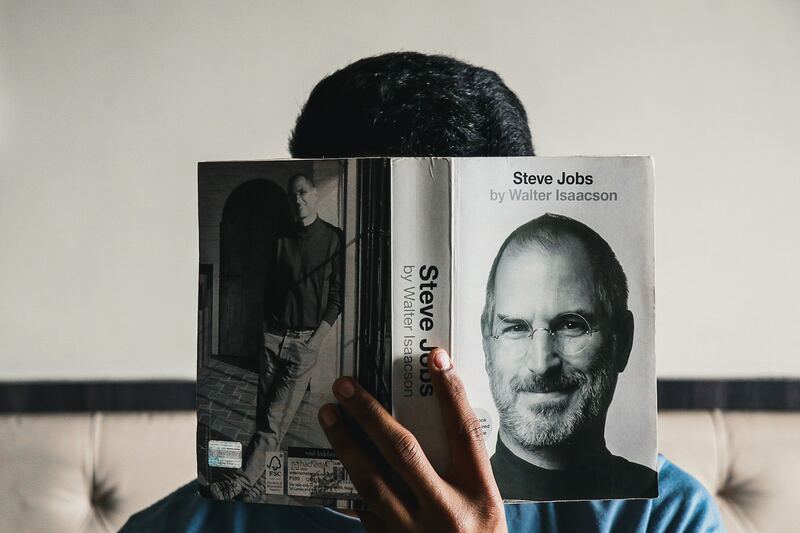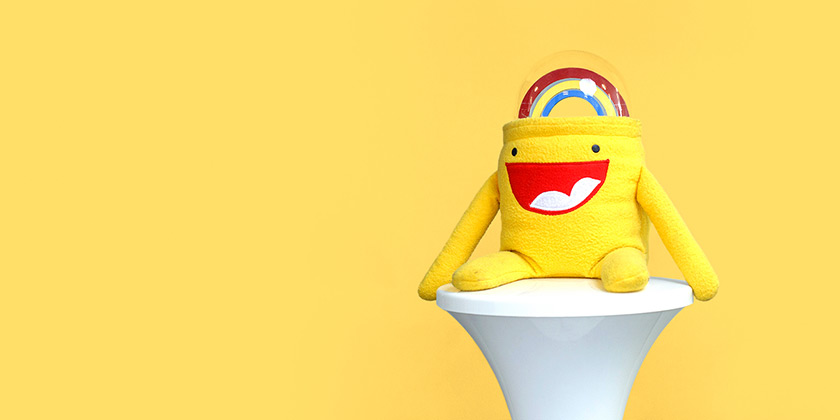My journey into product strategy has been anything but conventional. Unlike many of my peers, I didn't come from a product management background. Instead, my path was paved with creativity, a desire to craft ideas, build companies, create brands and tell compelling stories. I've always challenged myself to try to do things better than the competition, and this determination ultimately led me to the realm of creative strategy.
For years, I worked as a designer, lending my skills to startups, mobile applications, and even exploring the world of CTV apps. But beyond designing, I harboured a deep passion for understanding what makes products successful. I constantly analysed, I dissected designs, I mused over the marketing and I took a strategic viewpoint of the overall approach. It was like an ongoing lightning demo session inside my own head – one where I critiqued what worked and what didn't.
Over time, I designed, built and launched numerous websites and products into the vast expanse of the internet. Some were simple concepts, and others were more focused, targeting specific demographics and audiences with unique product ideas. Both spaces enabled me to establish my reputation as a designer and to secure new projects.
But even as someone involved in the inception of product ideas, I found it all too tempting to pour all my energy into building the product without a clear plan for market fit. This seemed to always come as an afterthought – something to consider only when the product was ready for launch. By spotting this early in my career, it’s become second nature to me now.
Building a successful product
During my freelancing days, I dabbled in online education platforms, but I wasn’t satisfied with what I found. The platforms’ learning experiences surely left children and young adults feeling uninspired. "This is boring," I thought. It was this and another pivotal moment that catalysed my love for creative strategy.
Around the same time, the world was waking up to the news that Steve Jobs had passed away. I felt a deep sense of loss, even though I'd never met the man. His legacy profoundly impacted my life, of course, through his transformative work at Apple. His strategic decisions at the company resonated with me, sparking my interest in the intersection of creativity and business.
Jobs’ innovations, like iOS and macOS, inspired my start in digital design, and I began creating and building apps out of pure passion. His influence continues to inspire my creative work to this day. His passing and my dissatisfaction with the online education space motivated me to bring an big idea to life – one that I'd been brewing for a while.
In collaboration with a fellow freelancer, Phil, I embarked on a journey to create an educational website called "Remember the War". Nothing could deter us. The stars aligned, and we had a powerful new technology at our disposal – HTML5. We set our sights on an ambitious launch date, 11.11.11.
Yet, there were obstacles along the way. To source high-quality imagery for our project, we needed to tap into the Associated Press, which came at a significant cost. But we didn't let this deter us. Through a crowdfunding campaign on Twitter and with the support of fellow creators and historians who believed in our vision, we raised the funds. In addition, Media Temple, probably the coolest web hosting business around at the time, offered us free hosting for a year.

Remembering ‘Remember the War’
‘Remember the War’ was a rare gem where everything fell into place. We leveraged cutting-edge technology to create a visually stunning user experience that was as unique as it was captivating. Full-page imagery, autoplaying videos and dynamic, informative elements brought the story of World War 2 to life as you scrolled through six years of struggle and conflict.
In its first month, our project went viral, amassing 6 million unique visits. Within five months, we had reached a staggering 21 million. I look back on those times with immense pride. Our goal wasn't profit; it was to enhance the online learning experience, and I believe we achieved that, at least for a while.
Sadly, the website became difficult to sustain. Image usage and hosting fees were spiralling, eating away at our crowdfunding. And we couldn't offset the costs with advertising revenue due to the nature of the content. Remember the War came to a regrettable and necessary end.
But that was it – I’d been bitten by the proverbial entrepreneurial bug.
I had school teachers email me saying they are using it in their curriculum. It even got mentioned on a morning news show on UK television. In those days, virality wasn’t what it is today, with Instagram only a year old and TikTok not even an idea. Our route of traction was email and perfect timing for release around an important event date.

The present-day problem
I still believe that online education presents an enormous opportunity. It’s a sector sorely lacking in creative concepts and tools designed specifically for younger audiences. But I also understand that launching a product is a risk, let alone trying to disrupt an entire online space.
To be successful, good ideas require a significant investment of time and effort, and it can often lead to the heart-wrenching discovery that nobody is interested in what you've created. This trepidation underscores the importance of gaining early traction by cultivating a deep understanding of your product – long before launch. I have always said this stage may be even more critical than the product itself.

Why so serious?
If this all sounds a little too pessimistic, let me place a caveat by saying that I am a realist, not a pessimist. Remember, first-time startups have a success rate of 18%. It’s tough out there, and while there’s no magic bullet to shoot for the stars, I can share my personal secret for success, and that’s ‘fun’.
We mustn't detract from the important discovery work in any product design process, from planning and research to testing and prototyping. But all too often, this is thrown together in a lengthy design sprint (perhaps not a sprint at all) or a barbaric schedule of pre-meetings, meetings, wash-ups and wrap-ups. That, or it’s not taken seriously at all. Where’s the middle ground? What’s the sweet spot?
Too much process and not enough creativity can quickly sap away the excitement. My goal is to effuse my deep passion for proper product design process and build teams that share my belief that taking an idea to market is a world full of fun and optimism.
There’s “doing it how we’ve always done it”, or there’s breaking convention. And it’s the latter that drives me to work with teams willing to “Think Different”. Thanks, Steve.
Previously from Harry



